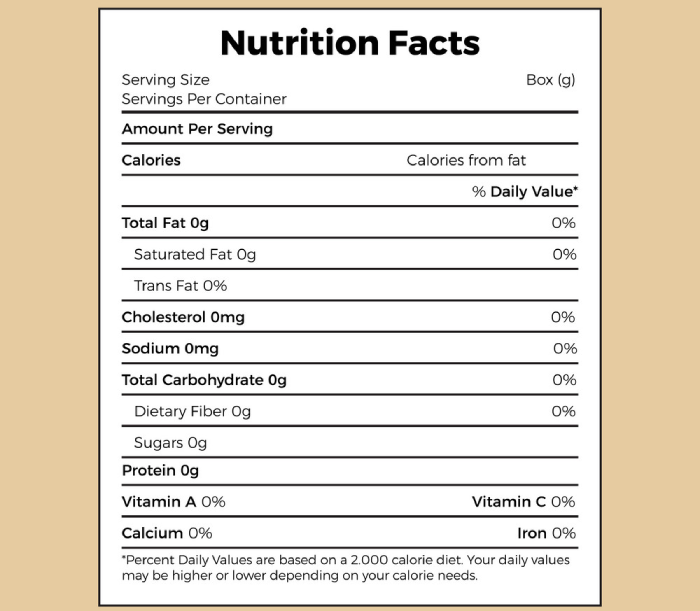Distilled Spirits Compound Shows Promise in Mitigating Alcoholic Liver Disease
A groundbreaking study led by Professor Li Yu from the Shanghai Institute of Nutrition and Health (SINH) of the Chinese Academy of Sciences (CAS) has revealed a surprising discovery about ethyl lactate, a key non-alcoholic component found in distilled spirits. This research, published in Advanced Science, suggests that ethyl lactate may play a significant role in reducing alcoholic hepatosteatosis, inflammation, and acute-on-chronic liver injury associated with alcohol-related liver disease (ALD).
The global prevalence of ALD has been on the rise due to increased alcohol consumption worldwide, posing a significant threat to liver-related health outcomes. Excessive alcohol intake leads to abnormal increases in hepatic lipogenesis, a critical factor in the progression of ALD. Distilled spirits, which contain higher ethanol concentrations compared to wine and beer, are particularly concerning as they increase the likelihood of higher ethanol consumption and subsequent ALD development.
Currently, there are no effective treatments available for ALD patients, and the severity of the condition is directly linked to the amount of alcohol consumed. Alcoholic beverages are complex mixtures comprising water, ethanol, and various non-alcoholic ingredients. The unique qualities, tastes, and flavors of different spirits are determined by these non-alcoholic components, which result from specific raw materials, fermentation processes, and aging methods.
To investigate the potential impact of non-alcoholic ingredients on ALD pathogenesis, the research team first identified 40 chemical compounds in five popular distilled spirits: whiskey, brandy, baijiu, rum, and vodka. Using advanced analytical techniques such as gas chromatography with flame ionization detection (GC-FID) and high-performance liquid chromatography with ultraviolet detection (HPLC-UV), they isolated 13 chemical compounds present in higher concentrations, defining them as the main non-alcoholic ingredients in these spirits.
The team then conducted in vivo screening using a mouse model of chronic-plus-binge ethanol feeding, also known as the Gao-Binge model. Among the 13 compounds tested, ethyl lactate stood out, demonstrating a dose-dependent ability to alleviate hepatic steatosis, inflammation, and acute-on-chronic liver injury.
Further investigation into the underlying mechanisms revealed that ethyl lactate’s protective effects are mediated through the induction of fibroblast growth factor 21 (FGF21). This induction inhibits alcohol-induced aberrant activation of mTORC1 and hepatic lipogenesis, thereby reducing liver damage.
Interestingly, ethyl lactate is not exclusive to alcoholic beverages. It is also found in various fermented foods such as vinegar, bread, and sausages, and is recognized as a food flavoring agent. This widespread presence in the food supply adds another layer of intrigue to the compound’s potential health implications.
This research provides valuable insights into how a food-borne small molecule like ethyl lactate can influence the progression of ALD. These findings may open new avenues for the prevention and treatment of ALD and potentially other obesity-related metabolic disorders.
Commentary by YourDailyFit columnist Alice Winters:

The recent study on ethyl lactate’s potential protective effects against alcohol-induced liver damage is a fascinating development in the field of nutritional science and health product research. As a supplement and health product commentator, I find several aspects of this research particularly noteworthy and worthy of further discussion.
First and foremost, the identification of ethyl lactate as a protective agent against ALD is a prime example of how components in our food and beverages can have unexpected health impacts. This discovery underscores the importance of comprehensive analysis of food constituents beyond their primary ingredients. It’s a reminder that in the world of nutrition, the devil – or in this case, the angel – is often in the details.
The study’s methodology, involving a thorough analysis of various distilled spirits followed by in vivo testing, demonstrates a commendable approach to identifying beneficial compounds in complex mixtures. This systematic approach could serve as a model for future research in food science and supplement development.
However, it’s crucial to approach these findings with cautious optimism. While the results are promising, we must remember that this study was conducted on mice, and human trials would be necessary to confirm similar effects in people. Moreover, the potential benefits of ethyl lactate should not be misconstrued as a justification for increased alcohol consumption. The net negative effects of alcohol on health are well-documented and far outweigh any potential benefits from trace compounds.
From a supplement perspective, this research opens up intriguing possibilities. Could ethyl lactate be developed into a standalone supplement for liver health? Or perhaps incorporated into existing liver support formulations? These are questions that warrant further investigation.
The widespread presence of ethyl lactate in fermented foods also raises interesting points about the potential health benefits of traditional food preservation methods. This could lead to renewed interest in fermented foods as functional foods, potentially influencing market trends in the health food sector.
For consumers, this study serves as a reminder of the complex nature of nutrition and the importance of a varied diet. It highlights how compounds found in everyday foods can have profound effects on our health, sometimes in ways we least expect.
In conclusion, while this research is exciting, it’s important to maintain a balanced perspective. Ethyl lactate’s potential benefits do not negate the harmful effects of excessive alcohol consumption. Instead, this study should be seen as a stepping stone towards better understanding the intricate relationships between food compounds and our health, potentially leading to more targeted and effective supplements and dietary recommendations in the future.



